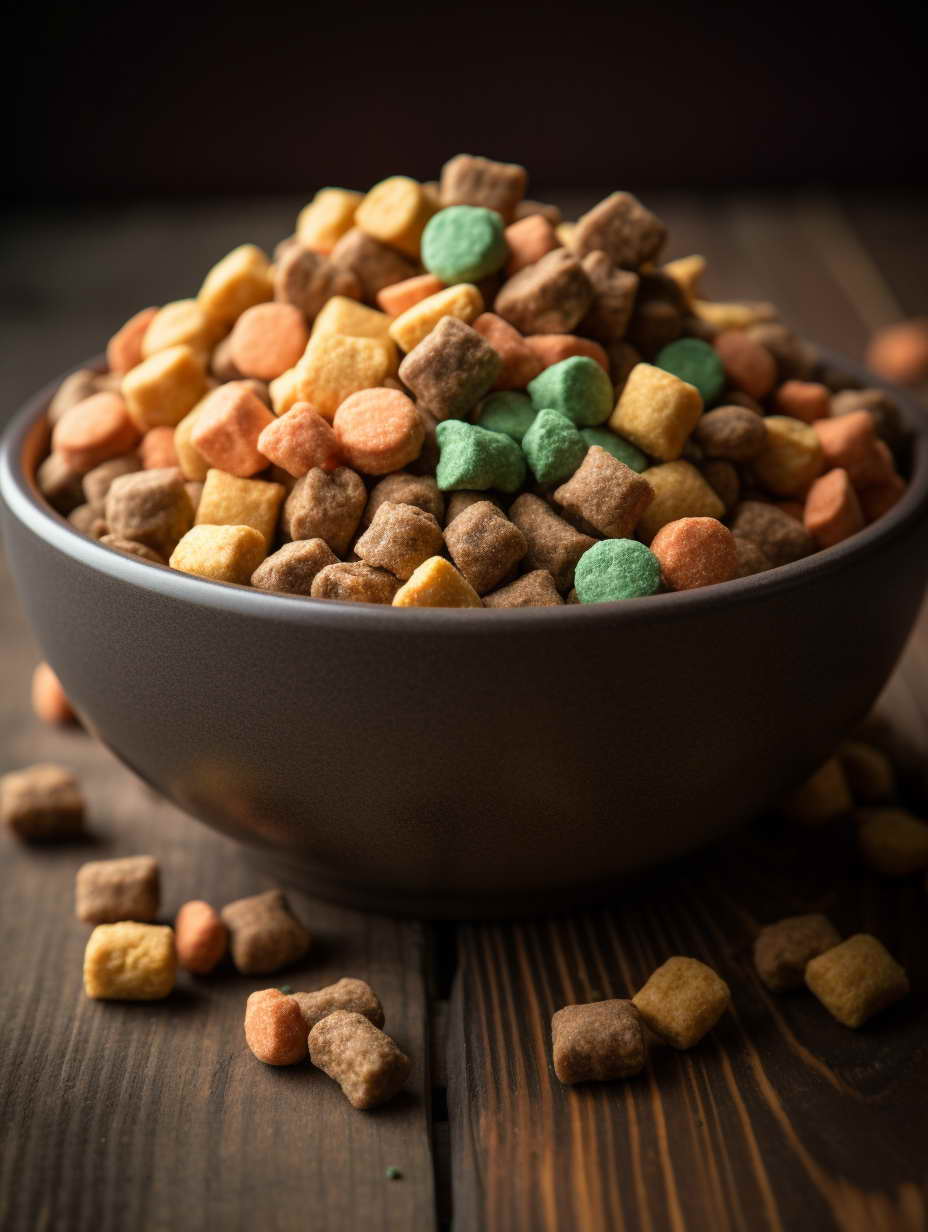How Much Protein Is In A Bowl Of Dog Food: Unveiling Canine Nutrition
Introduction
When it comes to our beloved furry companions, their nutrition is of utmost importance. We want to ensure they are not only well-fed but also receiving the right nutrients for their well-being. One crucial aspect of a dog’s diet is protein. In this comprehensive guide, we will delve into the topic of “How Much Protein Is In A Bowl Of Dog Food,” exploring the significance of protein, and its sources, and answering frequently asked questions to keep your canine friend healthy and happy.
How Much Protein Is In A Bowl Of Dog Food
Determining the precise amount of protein in your dog’s food is a vital step in ensuring their nutritional needs are met. The protein content in dog food varies significantly based on several factors, including the brand, type of food, and its intended purpose. Let’s dive deeper into understanding how to decipher the protein content of your dog’s meal.
Protein Content Variability
- Brand and Product Variation: Different dog food brands offer a wide range of products, each with varying protein levels. For instance, premium brands might have higher protein content compared to budget-friendly options.
- Type of Food: Dog food comes in various forms, such as kibble, canned, freeze-dried, or homemade. Each of these can have different protein concentrations.
- Life Stage and Activity Level: The protein needs of a growing puppy are different from those of a senior dog. Highly active dogs may also require more protein to support their energy demands.
- Specialty Diets: Some dogs have specific dietary requirements due to allergies or health conditions. Specialized diets can have unique protein profiles tailored to these needs.
Reading the Label
To determine the protein content of your dog’s food, you’ll need to consult the label. Look for the following information:
- Guaranteed Analysis: This section of the label provides the minimum percentage of protein in the food. It’s presented as “Crude Protein” and is usually listed as a percentage.
- Ingredients List: The ingredients are listed in descending order by weight. The first ingredient is the most abundant in the food. Ensure that a high-quality protein source, like chicken or beef, is listed as one of the top ingredients.
- Protein Source: Check the source of protein in the food. Animal-based proteins are generally more digestible and provide essential amino acids.
Factors Affecting Protein Requirements
- Age: Puppies require higher protein levels to support growth, while senior dogs may benefit from slightly lower protein content to reduce the strain on their kidneys.
- Breed Size: Smaller breeds may have higher metabolism rates and may require more protein per pound of body weight than larger breeds.
- Activity Level: Highly active dogs, such as working or sporting breeds, need more protein to sustain their energy levels and muscle health.
- Health Conditions: Dogs with certain health conditions, like kidney disease, may require a lower protein diet. Consult your veterinarian for guidance.
Consulting Your Veterinarian
While guidelines exist for recommended protein levels, your dog’s unique needs should always be considered. Consulting with your veterinarian is essential in determining the ideal protein content for your pet’s diet. They can consider your dog’s age, activity level, and any specific health concerns to provide personalized recommendations.
The Importance of Protein in a Dog’s Diet
Protein is an indispensable component of a dog’s diet, playing a pivotal role in their overall health and well-being. Understanding why protein is essential can help you make informed choices when selecting food for your furry companion.
Muscle Maintenance and Development
Lean Muscle Mass: Protein is the primary building block for muscles. Adequate protein intake is crucial for developing and maintaining lean muscle mass in dogs. This is particularly important for working dogs and those involved in sports or agility activities.
Growth in Puppies: Puppies, in particular, require substantial amounts of protein for growth and development. It supports the rapid growth of muscles, bones, and tissues during their early stages of life.
Immune System Support
Antibodies and Immune Response: Protein is essential for the production of antibodies and immune system cells. These components are vital for your dog’s ability to fend off infections and illnesses. A well-nourished immune system helps keep your dog healthy and resilient.
Skin and Coat Health
Shiny Coat: Protein contributes to the health and appearance of your dog’s skin and coat. When a dog’s diet lacks sufficient protein, it can lead to dry, dull fur and skin problems. Proper protein intake results in a shiny, lustrous coat and healthy skin.
Enzyme Production
Digestive Enzymes: Enzymes are essential for various metabolic processes, including digestion. Proteins are involved in the production of digestive enzymes that break down food and facilitate nutrient absorption. A balanced diet with adequate protein ensures efficient digestion and nutrient utilization.
Metabolic Processes: Beyond digestion, enzymes are involved in many other metabolic processes within a dog’s body. These processes are necessary for energy production, tissue repair, and overall health.
Energy and Vitality
Sustained Energy: Protein provides a source of sustained energy for dogs. Unlike carbohydrates, which can cause energy spikes and crashes, protein offers a stable and long-lasting source of vitality. This is especially important for active dogs.
Repair and Recovery
Tissue Repair: In the event of injury or illness, protein plays a vital role in tissue repair and recovery. It helps in healing wounds, repairing damaged cells, and restoring the body to good health.

FAQs About Dog Food Protein
Can a Dog Get Too Much Protein?
While protein is vital, excessive protein intake can lead to health issues, particularly in older dogs. It’s essential to consult your veterinarian to determine the right protein levels for your dog’s age and activity level.
What’s the Recommended Protein Percentage?
The recommended protein percentage varies depending on your dog’s age and activity. Puppies and highly active dogs may need more protein, typically around 25-30% in their food, while adult dogs can thrive on 18-25%.
Are Grain-Free Foods Higher in Protein?
Not necessarily. Grain-free dog foods may use alternative protein sources like legumes, so always check the label for the actual protein content.
Can I Add More Protein to My Dog’s Diet?
You can add protein through treats like lean meats or specially formulated dog treats. However, it’s crucial not to exceed the recommended daily protein intake.
Should I Choose Wet or Dry Food for Protein?
Both wet and dry dog foods can provide adequate protein. The choice between them depends on your dog’s preference and specific dietary needs.
Are All Proteins Equal?
No, not all proteins are created equal. Animal-based proteins are generally considered of higher quality because they contain all essential amino acids.
Conclusion
Understanding “How Much Protein Is In A Bowl Of Dog Food” is a crucial aspect of responsible pet ownership. Protein is the cornerstone of your dog’s health, impacting their muscles, immune system, skin, and overall well-being. By selecting the right dog food with appropriate protein content and consulting your veterinarian for guidance, you can ensure your furry friend leads a healthy and happy life.

Leave a Reply